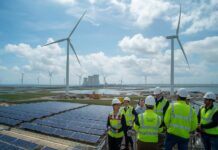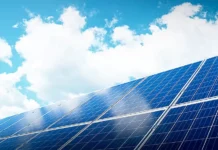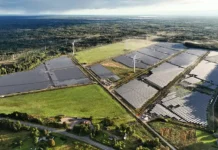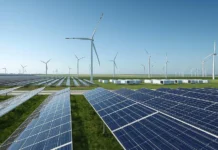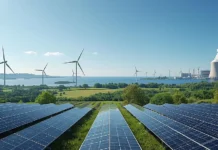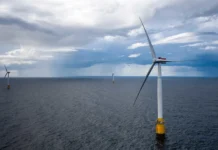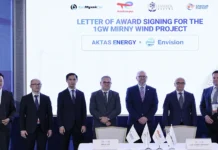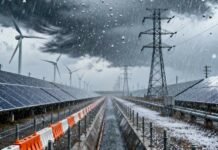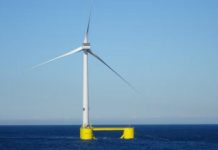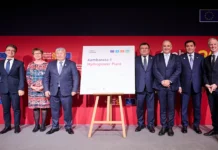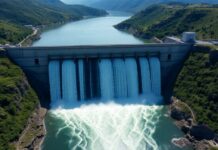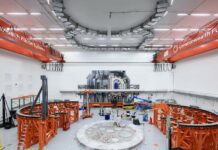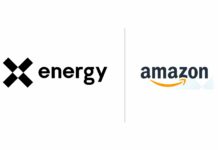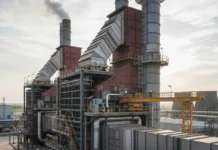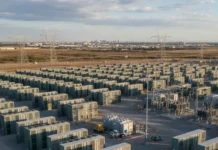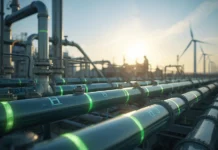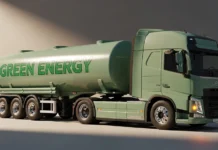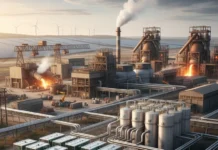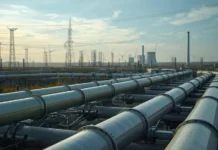In a recent move, heavy industries are all set to receive temporary electricity price relief under the new EU state aid rules, which were announced on 25 June. This is as per a European Commission draft and has come amidst criticism from various companies due to its high energy costs as well as green rules, which are very burdensome.
Eurometaux, the industry group earlier this month went on to send a letter to commission president Ursula von der Leyen, in which it had already warned about the metals sector’s falling competitiveness against the Chinese and US rivals.
Under the new EU state aid rules, part of the commission’s objectives in order to revitalize the flailing industries in Europe with its clean industrial deal is that companies would be able to benefit from the electricity price relief for almost 3 years. However, it won’t be beyond December 31, 2030.
It is well to be noted that until the decarbonization of the union’s electricity system, which gets completely translated into lower electricity prices, industries within the European Union are going to continue to face the problem of higher costs as compared to competitors in jurisdictions having less ambitious climate policies.
Apparently, this kind of situation poses challenges for the sectors that are exposed to international trade and happen to be heavily dependent when it comes to electricity in terms of value creation.
Interestingly, the relief is not going to cover over half of the yearly average wholesale price and not above 50% of the annual electricity consumption of the company. Moreover, energy-intensive industries will have to make certain investments by way of using part of the state aid, which contributes towards the green energy transition. Member states will be able to choose the highest level of state aid. However, they will have to take the commission’s approval if the funding gap goes on to exceed $232.4 million or 10% of the overall budget of the project.
The new rules go on to state that low-carbon nuclear projects could very well benefit from this aid in addition to solar, wind, and even hydrogen, among other renewable sources of energy. The commission is going to conduct a timely evaluation of the EU state aid cases when it comes to the nuclear supply chain as well as technologies, and this includes small modular reactors as well.


